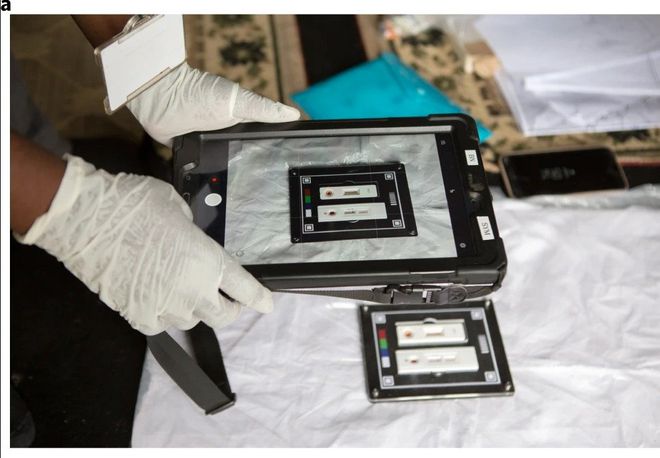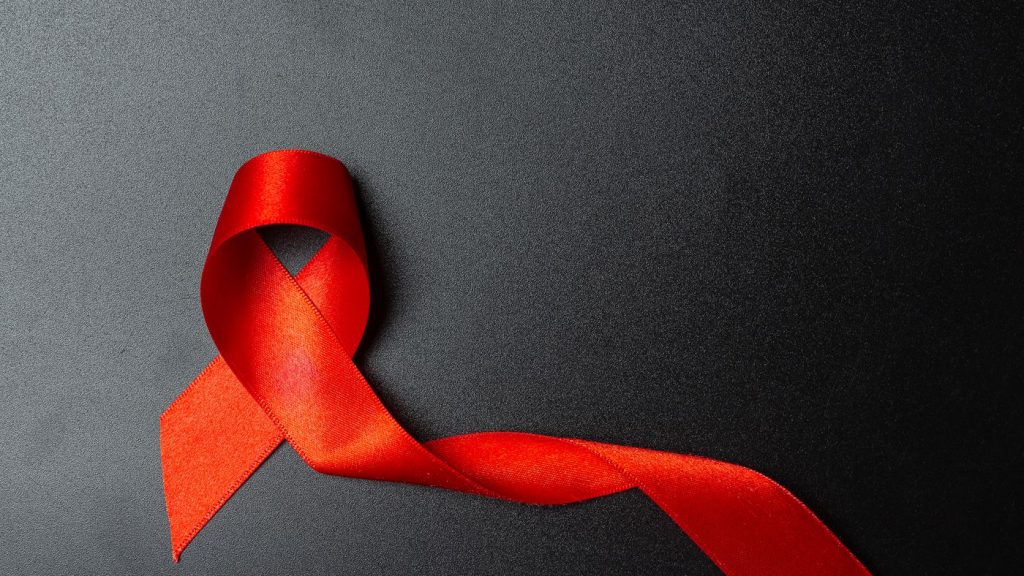For the diagnosis of HIV patients, a rapid screening test, called the RDT (Readign Decision Test) is one of the major alternatives approved for public health worldwide. This is because it is a simple test that must be taken and the answer comes straight away; However, understanding the consequence of the presence (or absence) of the AIDS virus may raise some doubts. With this in mind, a group of researchers has developed an app using artificial intelligence (AI) that improves reading results, which could be a good solution for poor countries.
Developed by researchers at UCL (University College London) and AHRI (Africa Health Research Institute), the app is also connected to local health systems, ensuring that an individual who has tested positive for HIV can access treatment. So far, the tool has been tested in rural South Africa, and according to the scientific article published in Nature Medicine, this is the largest study involving artificial intelligence to read rapid HIV tests.
Rapid test detects HIV
More than 100 million HIV tests are performed annually worldwide, which means that even a small improvement in reading these results can affect the lives of millions of people, reducing the risk of false positives and negatives. In Brazil, for example, this type of testing is offered throughout the Unified Health System (SUS), without the need for medical referral. At certain times of the year, efforts are made to test for HIV with him.
In 2018 alone, SUS distributed more than 13.8 million tests across the country, according to the Ministry of Health. If the first test was positive for HIV, then a person must take a second test, to confirm the result – all this in a few minutes. . If the two confirm infection, the patient is already referred to the treatment site. However, the system does not work this way all over the world. Also, anyone can buy one of these tests at a pharmacy and do it themselves at home.
Taking advantage of the capabilities of smartphone sensors, cameras, processing capabilities, and data-sharing capabilities, the research team has developed an application that can read test results from an image taken by end users on a mobile device. Additionally, the app will be able to report results directly to public health systems for better data collection and ongoing care.
How does the HIV test reading app work?
To validate this tool, the recently published study initially examined whether the application could help field researchers, nurses, and community health workers make decisions. Thus, a team of more than 60 health professionals helped build a library of more than 11,000 images of HIV tests taken in South Africa. And for this, an image capture protocol was developed for these tests, designed by UCL and made using a Samsung tablet.

The research team then used these images as training data for their machine learning algorithm. In this way, it was possible to compare the accuracy with which the algorithm classified the images as negative or positive, with users’ interpretation of the test results, without technical support. In the tests, the app achieved an overall average of 98.9%, while the professionals got, on average, 92.1% of the readings. Other diseases for which rapid tests are available, such as malaria, syphilis, and tuberculosis, could benefit from this discovery.
The results have been very positive, says Rachel McKendry, one of the study authors and a researcher at UCLA. “This research demonstrates the positive impact that mobile health tools can have in low- and middle-income countries and paves the way for further study in the future,” McKendry adds.
Next search step
“Our experiences in this area have shown that HIV self-testing is effective in reaching a large number of adolescents and young adults. However, HIV testing itself has not had much success in connecting people to prevention and medical treatments,” explains Maryam. . Shahmanesh, researcher and professor at the University of California.
For Shahmanesh, “The digital system that links a test result and a person to health care, including the link to ART and pre-exposure prophylaxis, has the potential to decentralize HIV prevention.” Now, the team of scientists is planning to conduct a larger evaluation study of the application to check the performance of the system with users of different ages, genders and levels of digital knowledge.
To access the full study on the app that helps you read the results of the HIV rapid test, published in Nature Medicine, click Here.
Source: Medical Express e Ministry of Health
Did you like this article?
Subscribe to your Canaltech email to receive daily updates with the latest news from the world of technology.

“Hardcore beer fanatic. Falls down a lot. Professional coffee fan. Music ninja.”






More Stories
The law allows children and adolescents to visit parents in the hospital.
Scientists pave the way for the emergence of a new element in the periodic table | World and Science
Can dengue cause hair loss? Expert explains how the disease affects hair